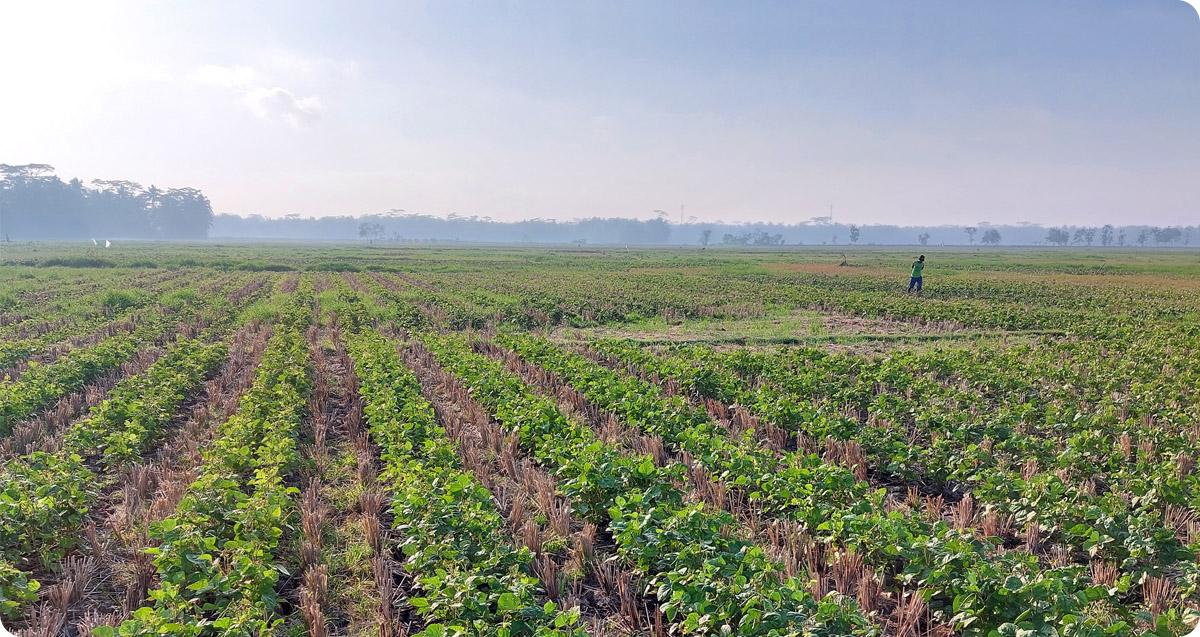
A larger than usual mung bean crop targets 120 KMT, but the weather near the harvest will dictate the final yield.
"The early harvest (end of March) came in really well – it had a dry finish so the quality was good. Then, both NSW and Queensland had a massive rain event that severely damaged the NSW main crop to the point where some of it won’t harvest."
"A lot of growers held off desiccating their crop because Cyclone Alfred was touted as something that will create a lot of rain for the growing area. When it didn't happen, a lot of growers desiccated their crop, but a massive rain event came down from north a week later and that's what did the damage."
"The ones he didn't listen to the weather bureau about the cyclone event went well. The big rain event hit us all after, and now we're taking in sort of lower quality manufacturing goods."
"A lot of Queensland growing area was too wet to plant in December, so most couldn't plant until mid-January – which is a real blessing now. The rain probably hasn't done the same level of damage in Queensland as it has in NSW just because of the timing of the planting."
"We are expecting reasonably low quality for anything harvested over the next two weeks – anything from stock feed type quality to product that's saleable and deliverable for manufacturing."
"For later crop, it's important to remember that Queensland is a very big place – the Darling Downs will harvest through to the end of May and we’re expecting pretty good yields and pretty good quality. Central Queensland is 1200 km away from Darling Downs and they plant in February. Those crops benefited hugely from the good rains.”
"Most of the Central Queensland crop won't even harvest until the middle of May and finish at the end of June. Their yields will, barring any additional weather events, be really good and quality should be amazing. To be honest, it's basically a normal mung season for us – always a really mixed bag of low quality in the early stages, then we expect the better quality in later harvest for May/June. That's what I think we're going to see again."
"We planted a larger than normal crop, and the early prediction was maybe something like 150 KMT. The potential is still there for 120 KMT, but is not over yet. Mung beans are very, very susceptible to weather close to harvest time. We never like to count our chickens before they hatch."
"Summer really dragged on into the end of March/early April, but after the major rain event it has cooled off and dried off. Now we're getting that good, dry autumn weather we need for a mung bean harvest."
"Destinations will basically be the same – Southeast Asia around China. We are hearing that there is a smaller crop in Myanmar – 30% smaller – so demand should be strong. Tanzania has had a reasonable crop, but there was a poor crop in Kenya and I believe there’s been a lot of cross-border trade. That’s why there hasn't been a lot of Tanzanian crop hitting the market. That has also fuelled demand."
Disclaimer: The opinions or views expressed in this publication are those of the authors or quoted persons. They do not purport to reflect the opinions or views of the Global Pulse Confederation or its members.